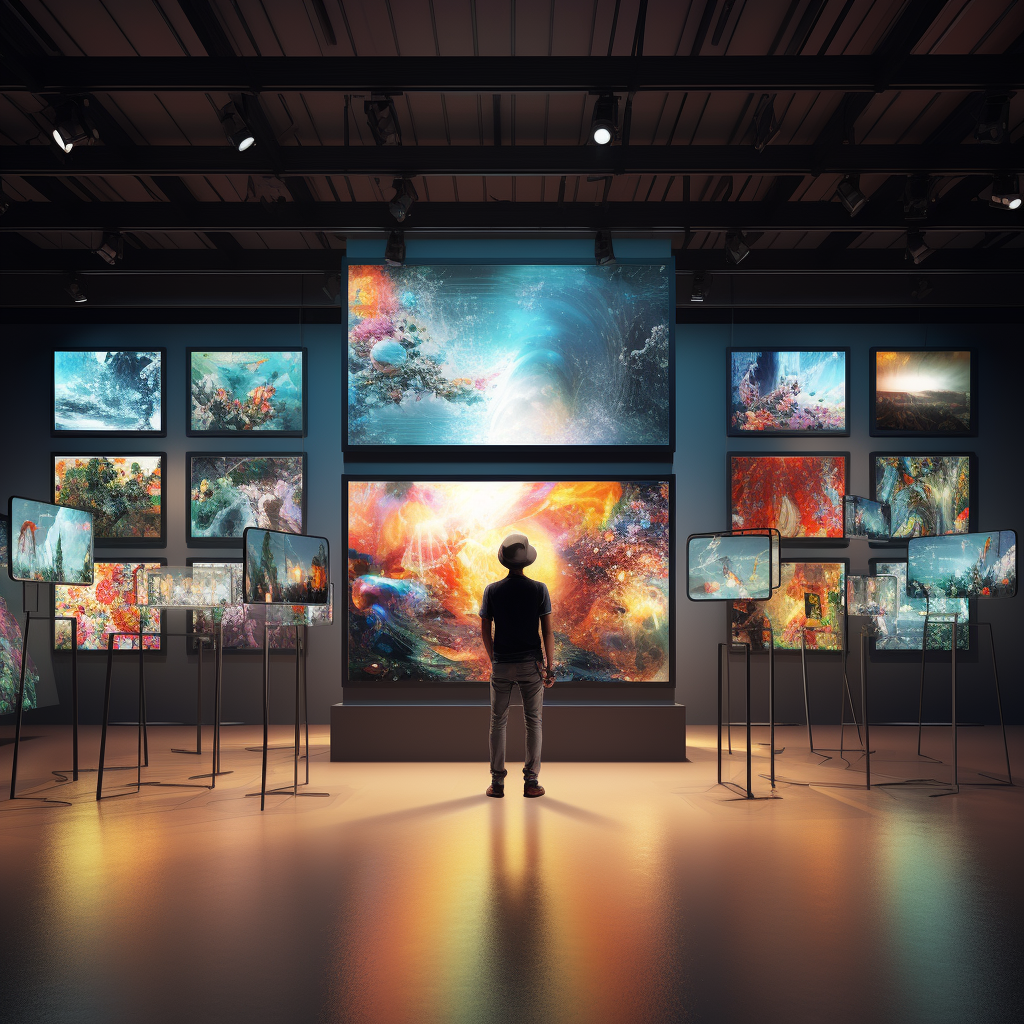

Art museums are essential to the preservation of cultural heritage, serving as custodians of priceless works of art that provide insight into the history and culture of societies around the world.
Virtual exhibitions provide access to a much wider audience, including those who may not otherwise have access to physical galleries.

The physical gallery experience provides the viewer with a multi-sensory experience that cannot be replicated online.
Virtual exhibitions are not a replacement for physical galleries, but they can help to democratize art by making it more accessible to a larger audience.
Art Critic, Rachel Johnson
Virtual reality has the potential to revolutionize the art world, offering visitors new ways to experience and engage with art in a more accessible and inclusive way.

Virtual exhibitions offer unique advantages such as accessibility, reach, and educational value that were once only possible through physical exhibition visits.
Art display is a dynamic and constantly evolving landscape, shaped by technological advancements, changing audience expectations, and global connectivity. As explored in this article, traditional art galleries and virtual exhibitions each offer unique advantages and limitations, but increasingly, there is a trend towards a hybrid approach that combines the strengths of both.